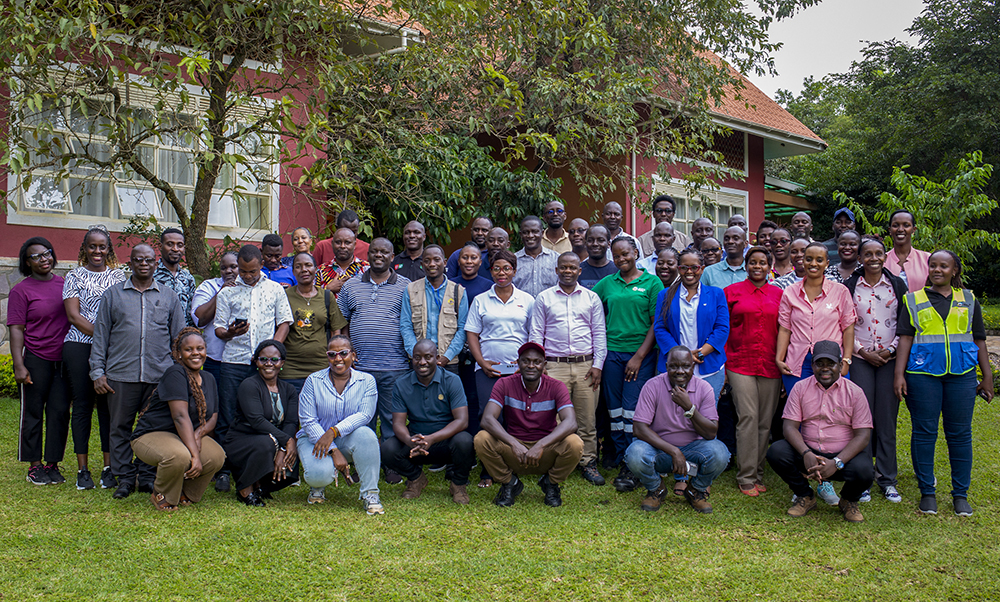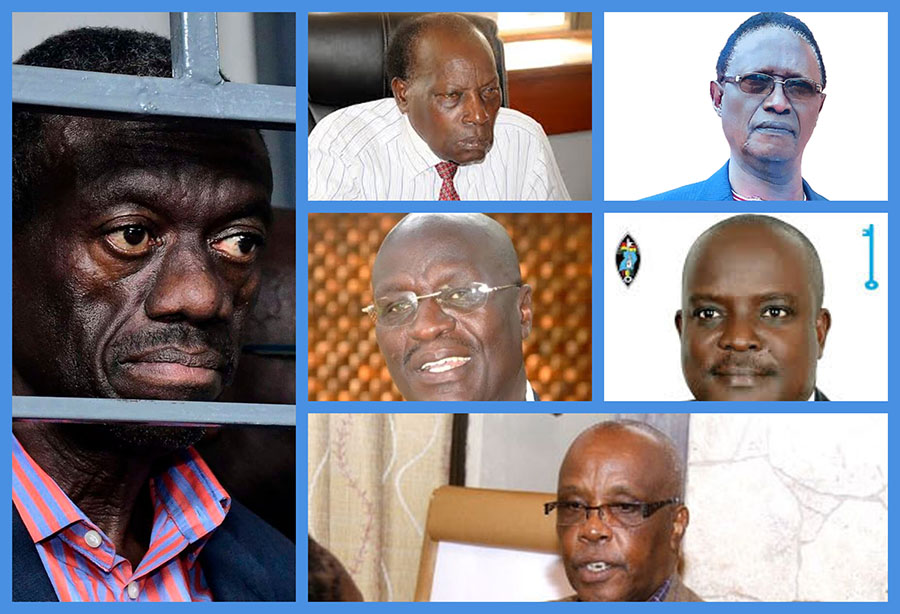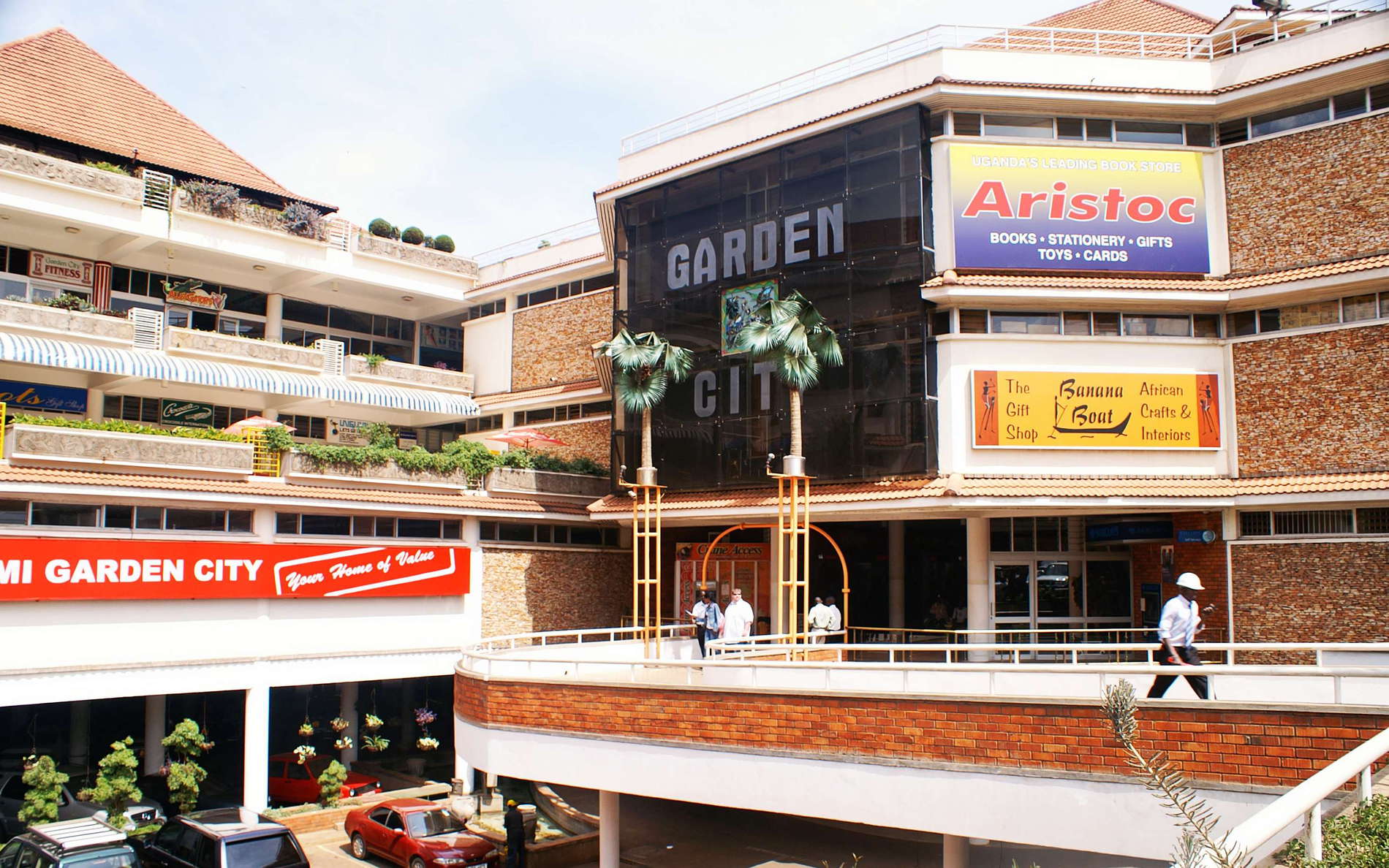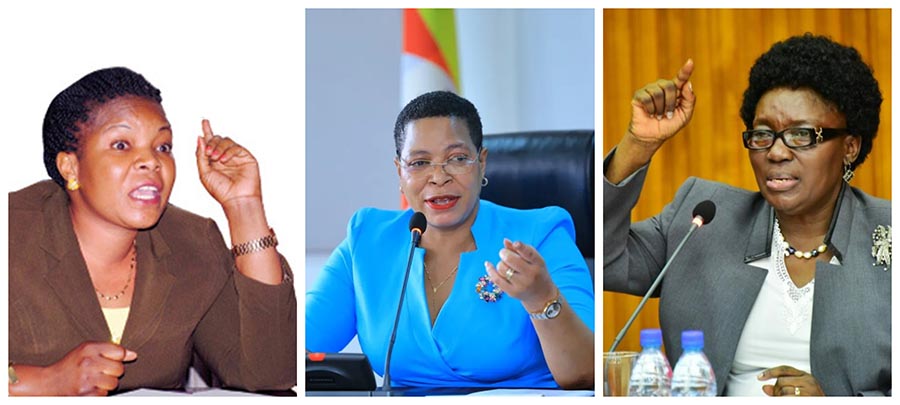As the editor of Bbeg Media and previously as a news reporter, I have covered many stories about Uganda’s oil sector over the years.
But nothing prepared me for the eye-opening tour I joined with about 20 other editors and senior journalists from 30 September to 3 October 2025. Organised by the Petroleum Authority of Uganda (PAU) and Uganda National Oil Company (UNOC), and coordinated by the African Centre for Media Excellence (ACME), this trip took us to the heart of the oil fields in Buliisa, Hoima, Kikuube, and Kakumiro districts.
For too long, rumours and false information had clouded the public’s view of our country’s oil story. Some people had even claimed the government was already secretly selling crude oil.
I went for the trip with questions, and I came out with a clearer understanding of the progress made, the jobs created, and the real challenges we still face.
Uganda’s oil journey began in earnest back in 2006 when commercial reserves were discovered in the Albertine Graben, near Lake Albert. Estimates put the recoverable oil at around 1.4 billion barrels, enough to transform our economy if handled right.
The main projects are Tilenga, run by TotalEnergies, and Kingfisher, managed by China’s CNOOC. Together, they aim to produce up to 230,000 barrels per day at peak. We were told that in the start, the target will be 60,000 barrels of oil per day, enough to meet Uganda’s energy needs. But getting there has not been easy and will not be.
Delays from legal battles, funding issues, and global shifts away from fossil fuels have pushed back timelines. Originally, the first oil was expected in 2025, but now officials say it could be 2026 or even 2027. On this tour, we saw the massive work underway, debunking myths and highlighting how far we have come.
Before we set off, Rachel Mugarura from ACME reminded us why this mattered. “Editors need first-hand knowledge [of the oil sector] to spot inaccuracies in the stories you edit from reporters,” she said. Similar tours have been done for reporters before, but this one for senior journalists felt like a bridge between the field and the newsroom.
We were a mix of sceptics and optimists, all eager to see the truth on the ground. I have purposely chosen to write a personal account, rephrasing the direct quotes of the officials who guided us on this tour into sentences. This is not to undermine their efforts (I ask for your forgiveness), but to allow a clear understanding of the sector of our readers. I have also tried to simplify some of the terminologies used in the industry, such that the progress of Uganda’s oil sector is understandable by the average educated Ugandan.
Day One: Tilenga
Our journey started on October 1 with a visit to the SINOPEC 1503 drilling rig operated by TotalEnergies. It occupies a space of roughly an acre. We were told that the rigs on the Tilenga project will walk from one well hole to another, hence they are called “walking rigs.” We then moved the Central Processing Facility (CPF) in Hoima, managed by TotalEnergies under the Tilenga project. It occupies more than 700 acres. At the CPF in Hoima, cranes dotted the skyline, and workers in bright helmets moved with purpose.
The CPF is where crude oil will be separated from water and gas before being sent through pipelines. It’s a huge setup with pipes and tanks rising like a modern city in the countryside. It has a waste management facility, a temporary camp site that accommodates more than 1000 workers. We were shown where a permanent camp to accommodate 300 workers, who will oversee the operation of the CPF once oil production starts, will be built.
Officials from TotalEnergies guided us through the site. They explained that Tilenga involves drilling about 400 wells from 29 locations, producing up to 60,000 barrels a day. Noise was deafening – a constant hum of machinery – but safety was top priority. We had to wear personal protective equipment (PPE): helmets, boots, gloves, and overalls. Cars were parked facing exit points for quick evacuation in case of emergencies. It showed how seriously they take risks in this industry.
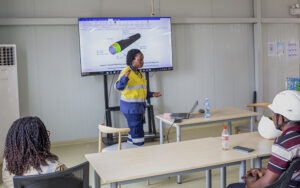
What struck me most was the scale of local content involvement. Most of the service providers are Ugandans. There were thousands of locals working here, from engineers to technicians to drivers to cooks. I spoke to a young engineer at the CPF who said the job had changed his life. Communities nearby have transformed, too. New buildings – guest houses, shops, bars – are sprouting in trading centres, boosted by the influx of workers.
However, progress comes with challenges. We heard about land acquisition issues. While most people have been compensated, some complain of delays or unfair payments. Environmental groups have expressed worry about the impact of oil activities on Murchison Falls National Park, where part of Tilenga is located.
Later in the afternoon, we were taken to one of the oil drilling sites in the park that had been restored. The process of restoring the site to its original state, I learnt, is labourious. They scrub it of chemicals, soil samples have to be tested and retested to ensure the chemicals are no more, and…more importantly, they have to plant the type of grass that was there before.
TotalEnergies officials said they were burying pipelines and using directional drilling to minimise harm to animals and wildlife, but from what I saw, it is a delicate balance.
Day Two: From Hoima City Stadium to Kingfisher
For some editors, the tour of Hoima City Stadium was their most memorable part of the entire trip. Little wonder that a visit that had been scheduled to last 30 minutes stretched for two hours.
The 20,000-seater stadium located less than 2 kilometres from the centre of Hoima City is a marvel. It is the state of the art. From the VVIP lounges, to the changing rooms, to the spacious restaurants, to the tartan track, to the stadium seats, to the facade that covers its exterior (designed in the national colours), to the gyms, to the outdoor sports facilities, I have failed to find the right words to describe its immaculateness.
Officials from Turkish firm Summa, the main contractors, assured us that it will be handed over to the government before the end of this month (October). We were told that it was constructed for $130 million (Shs 450 billion), money drawn from our Petroleum Fund. So, while it seemed like a detour, it was connected to our oil sector. My fear, as always, was whether Uganda would be able to maintain the stadium once the contractors do their part. Ambrose Tashobya, the chairperson of the National Council of Sports (NCS), which is one of the supervisory bodies of the stadium, assured us that everything will be fine and there is a plan for maintenance.
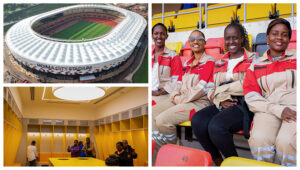
After we took the “establishment shot or video,” we headed to the Kingfisher oil site in Kikuube district, operated by CNOOC. This project is smaller than Tilenga but crucial, with 31 wells planned.
As of August 2025, 15 wells were complete, and drilling was 95% done on the rest. We toured the well pad and saw the central processing area under construction. Massive tanks and pipes were being assembled, and the site buzzed with activity.
Safety again was key. We learned about emergency protocols, and workers shared stories of training programmes. One technician told me, “We get international-standard training. It’s tough, but it keeps us safe.”
The camps where workers live were impressive – air-conditioned houses, gyms, entertainment centres, and choices of local or international food. It felt like a small town, clean and organised.
In Kikuube, we also visited the Luweero Industries waste management plant. Oil waste, like drill cuttings and sludge, is treated here and turned into useful products such as compost manure for farming. We saw the process: waste separated, cleaned, and recycled. It debunked fears of pollution. Officials said it’s part of efforts to manage environmental risks, and we were impressed by the technology.
Yet as we drove to Kingfisher and other sites, I saw cleared land that once was farms, reminding me that development has a human cost.
Day Three: Airport and Pipeline Dreams
On the morning of October 3, we started at Kabalega International Airport in Hoima. The airport tour had been scheduled for October 2, but it did not take place due to time constraints. This is no ordinary airport. It is built for cargo logistics tied to oil.
At 96% complete, with a 3.5-kilometre runway, it will handle heavy equipment for the refinery and petrochemical industries. The site will also host the refinery, warehouses, and more, turning it into an industrial hub. We walked and took pictures on the runway, imagining planes loaded with oil gear landing soon. The refinery, planned for 60,000 barrels per day, is key to adding value to our crude instead of exporting it raw.
From there, we visited one of the Project Affected Persons (PAPS) in Kakumiro who was compensated after their previous house was deemed to be in the pipeline route.
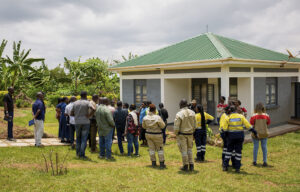
They said they were given Shs 35 million and bought four acres of land in Kakumiro, where EACOP constructed for them a modest two-bedroom house complete with a solar system. She was all praises for EACOP.
We then moved to the East African Crude Oil Pipeline (EACOP) camp in Kakumiro. EACOP is the 1,443-kilometre heated pipeline to Tanga port in Tanzania, a $5 billion project. At 76% complete by September 2025, we saw the pipeline bending facility, on video, where pipes are shaped to fit the terrain. Trucks unloaded coated pipes, and workers demonstrated the process. It’s electrically heated to keep the waxy oil flowing.
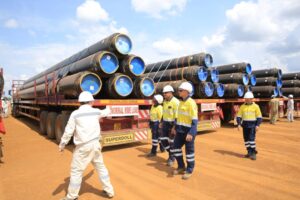
I was aware that EACOP has faced the most criticism of all the oil-related projects: environmental risks, biodiversity threats, and inadequate compensation for over 3,500 project-affected people. We were told that there are chimpanzee action plans and biodiversity efforts in place, but sceptics remain.
The Bigger Picture
Throughout the tour, it was clear Uganda has made huge strides. From zero production in 2015, UNOC now marks a decade of building the sector. Over 100,000 jobs are expected, many already filled by Ugandans. Communities are booming, with better roads, schools, and health centres funded by oil activities.
Misinformation was laid bare. There are no secret oil sales because the facilities are still under construction. But challenges persist: infrastructure gaps and global pressure to go green. Social issues like evictions need better handling.
As we wrapped up the tour, we were told that if all goes to plan, the first commercial production of oil will commence in 2027.
It’s a journey of hope, but one that demands transparency and care for people and the environment.
From a personal view, this tour was worth it. It answered questions and sparked new ones. For average Ugandans, oil could mean better lives, but only if we address the challenges head-on.
As editors, we now have the tools to tell the full story.



